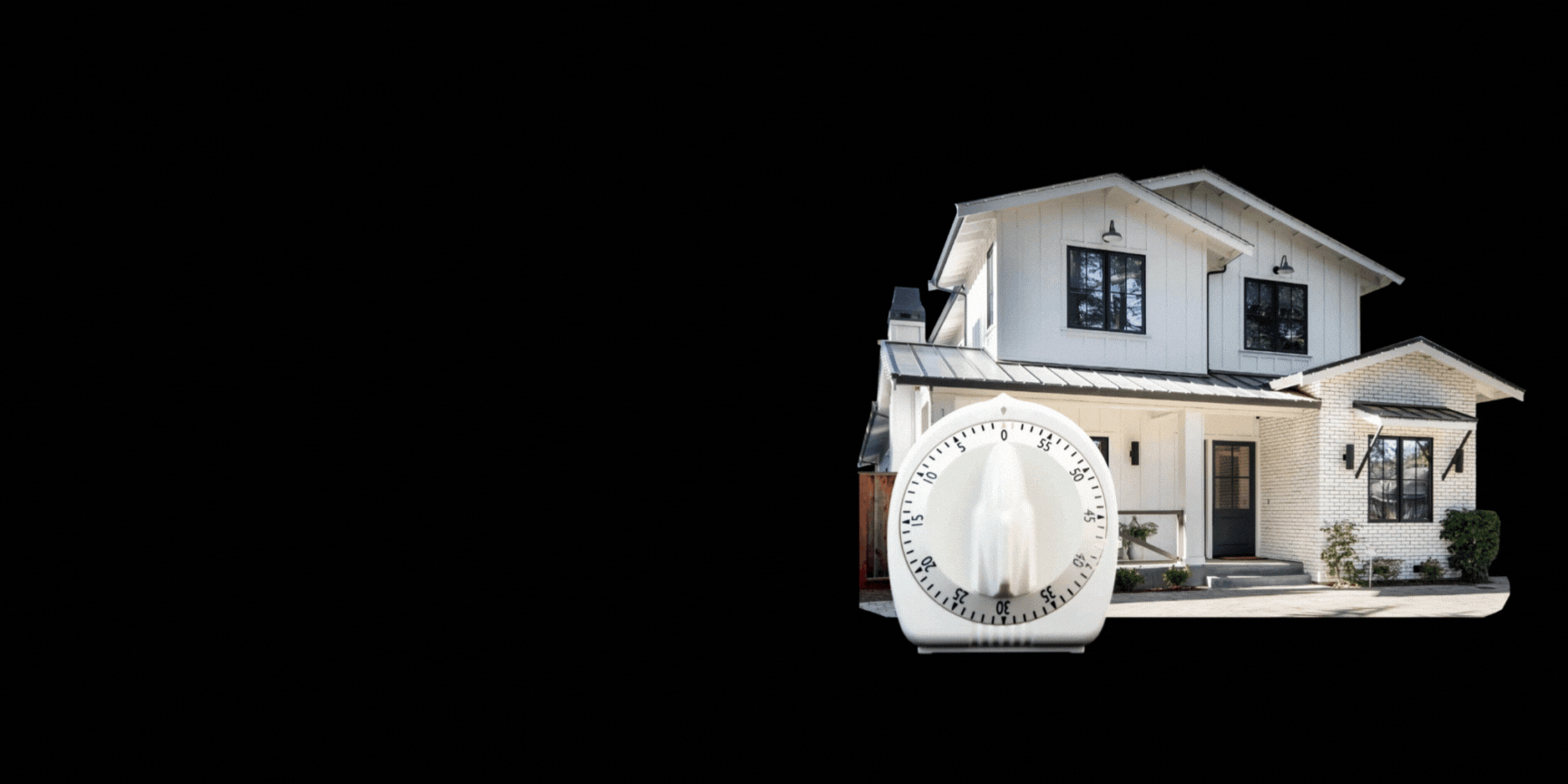Living in a homeowners association (HOA) community in the Bay Area can offer a range of benefits and drawbacks. HOAs provide amenities, handle maintenance tasks, and regulate the appearance of the neighborhood. However, they also come with restrictive rules, fees, and potential foreclosure risks. In this article, we will explore the things you’ll love and hate about living in an HOA community in the Bay Area.
Amenities and Recreational Areas
One of the major advantages of living in an HOA community in the Bay Area is the access to a variety of amenities. Residents can enjoy swimming pools, gym or workout stations, tennis courts, walking trails, jogging paths, playing fields, and community centers. These amenities promote an active and social lifestyle, providing opportunities for exercise, relaxation, and community engagement.
Restrictive Rules and Covenants
While amenities are appealing, it’s important to note that HOAs enforce rules and covenants that residents must adhere to. The primary goal of these rules is to maintain the attractiveness of the neighborhood and the value of the properties. However, some homeowners may find these covenants to be too restrictive or unreasonable, as they limit their freedom to personalize and modify their homes according to their preferences. Any modifications, such as painting the home, installing play areas, or adding rooms, may require prior approval from the HOA. If homeowners value the freedom to make changes without seeking permission, an HOA community may not be the best fit for them.
Less Work and Maintenance
Living in an HOA community can alleviate some of the burdens associated with home maintenance. HOAs typically handle exterior home repairs, lawn care, snow removal, and pest control. They also take care of the upkeep of common areas, buildings, and shared amenities. This means homeowners have less work to do and can enjoy a well-maintained environment without having to worry about these tasks themselves.
Limited Freedom to Personalize
While HOAs take care of maintenance tasks, homeowners may find their freedom to personalize their homes limited. The rules and covenants enforced by the HOA dictate what homeowners can and cannot do in terms of home modifications and decorations. This includes restrictions on painting colors, installing certain features, and decorating for holidays. Homeowners who value complete autonomy over their home’s appearance and design may feel restricted by these limitations.
Maintaining Neighborhood Aesthetic and Home Values
One of the benefits of living in an HOA community is the consistent and uniform look of the neighborhood. HOAs enforce standards for the appearance of homes, helping maintain the neighborhood’s aesthetic appeal and potentially increasing home values. The cohesive and well-maintained environment can enhance the overall desirability of the community.
Associated and Mandatory Fees
HOAs charge fees to cover the costs of maintaining common areas, buildings, and amenities. These fees can be monthly, quarterly, or annual, depending on the neighborhood and amenities offered. The amount of the fees varies based on location and the specific services provided by the HOA. Homeowners should factor in these fees when budgeting for their housing expenses.
Dispute Resolution
An advantage of living in an HOA community is the availability of a structured process for handling disputes between neighbors. Instead of engaging in potentially confrontational conversations, homeowners can rely on the HOA to address issues such as unkempt lawns, noisy pets, or disruptive parties. The HOA can send notices or warnings to violators, helping maintain peace and harmony within the community.
Foreclosure Risks
Homeowners should be aware of the potential risks of foreclosure associated with HOAs. If a homeowner fails to pay the required HOA fees or has delinquent assessments, the HOA may place a lien on the property and pursue foreclosure as permitted by state laws. It’s important to ensure that the budget can accommodate these fees to avoid falling behind and risking the loss of the home.
Community Newsletters
HOA communities often provide regular newsletters to keep homeowners informed and equipped with valuable information. These newsletters typically contain news, tips, reminders, and updates about community events and initiatives. They can help foster a sense of community and keep residents engaged and connected.
Conclusion
Living in an HOA community in the Bay Area has its advantages and disadvantages. Amenities, less work, and dispute resolution are among the perks that residents can enjoy. However, restrictive rules, associated fees, limited freedom to personalize, and foreclosure risks should also be considered. Ultimately, prospective homeowners should carefully evaluate their preferences and priorities before deciding whether an HOA community is the right choice for them in the Bay Area.
Additional Information:
- The Bay Area is known for its diverse range of HOA communities, offering various amenities and lifestyle options.
- It is advisable for potential homeowners to thoroughly review the specific rules and covenants of an HOA community before making a purchase.
- Homeowners should consider attending HOA meetings to understand the community’s dynamics, governance, and upcoming initiatives





